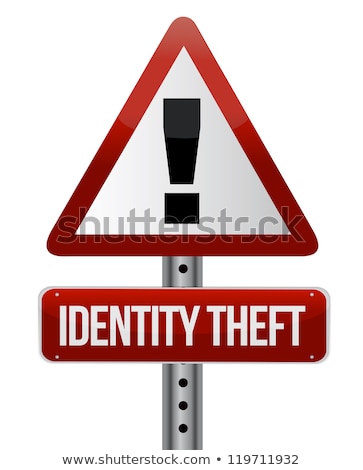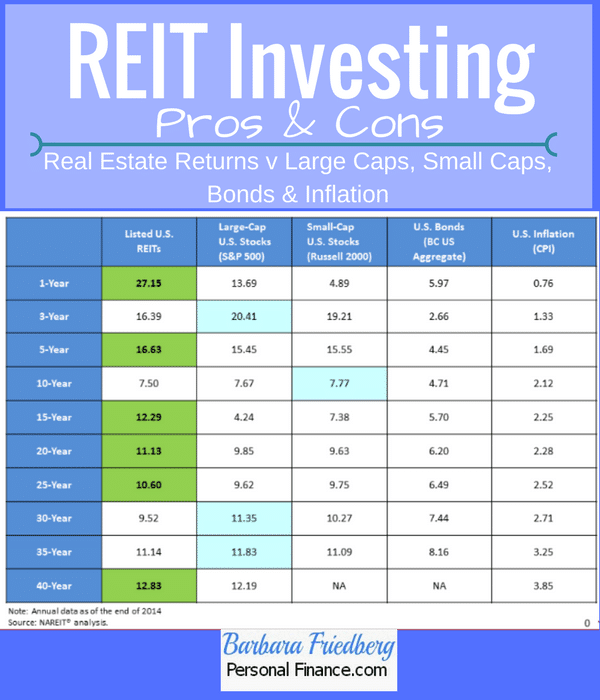
Thus, to support operations, they rely on equity capital from their shareholders. Debt can finance the expansion they need to support higher incomes in the future. To check how dependent a company is on debt and equity, we can measure it by the assets-to-equity ratio.
For example, a company has $1,000,000 of assets and $100,000 of equity, which means that only 10% of the assets have been funded with equity, and a massive 90% has been funded with debt. There is a minimum of 21 different ratios that can be looked at by many financial institutions. You cannot look at a single ratio and determine the overall health of a business or farming operation. Multiple ratios must be used along with other information to determine the total and overall health of a farming operation and business. If the firm raises money through debt financing, the investors who hold the stock of the firm maintain their control without increasing their investment. Investors’ returns are magnified when the firm earns more on the investments it makes with borrowed money than it pays in interest.
The 5 highest Assets / Equity Stocks in the Market
This is measured using the most recent balance sheet available, whether interim or end of year. The second comparative data analysis you should perform is industry analysis. In order to perform industry analysis, you look at the debt-to-asset ratio for other firms in your industry.
If, for instance, your company has a debt-to-asset ratio of 0.55, it means some form of debt has supplied 55% of every dollar of your company’s assets. If the debt has financed 55% of your firm’s operations, then equity has financed the remaining 45%. The two-stage decomposition shows us the relationship between ROE, ROA, and financial leverage ratios. We can find this ratio in the DuPont decomposition, calling it the financial leverage ratio. In the financial industry (particularly banking), a similar concept is equity to total assets (or equity to risk-weighted assets), otherwise known as capital adequacy.
Importance of an Equity Ratio Value
At the end of 2021, the company reported the following carrying values on its balance sheet. Adam Hayes, Ph.D., CFA, is a financial writer with 15+ years Wall Street experience as a derivatives trader. Besides his extensive derivative trading expertise, Adam is an expert in economics and behavioral finance.

Learn financial statement modeling, DCF, M&A, LBO, Comps and Excel shortcuts. Suppose we’re tasked with calculating the equity ratio for a company in its latest fiscal year, 2021. Companies with ratios ranging around 50% to 80% tend to be considered “conservative”, while those with ratios between 20% to 40% are deemed “leveraged”.
How to Calculate the Equity Ratio
There are a variety of ratios that can be used to get an idea about a company’s financial health. Some of these ratios include the debt-to-equity ratio, the current ratio, and the quick ratio. The debt-to-equity ratio measures how much debt the company has compared to the amount of equity it has.
Arrow Reports $6.0 million in Q2 2023 Net Income, Loans Reach … – PR Newswire
Arrow Reports $6.0 million in Q2 2023 Net Income, Loans Reach ….
Posted: Tue, 08 Aug 2023 11:45:00 GMT [source]
Say that you’re considering investing in ABC Widgets, Inc. and want to understand its financial strength and overall debt situation. A year-end number is arrived at by using return on equity (ROE) calculation. You can use also get a snapshot idea of profitability using return on average equity (ROAE). A high ratio value also shows that a company is, all around, stronger financially and enjoys a greater long-term position of solvency than companies with lower ratios.
Formula for Equity Ratio
The result is expressed as a percentage, which represents the portion of the company’s assets that are financed by equity. The importance and value of the company’s asset/equity ratio is dependent upon the industry, the company’s assets and sales, current economic conditions, and other factors. There is no ideal asset/equity ratio value but it is valuable in comparing to similar businesses.
ICC Holdings, Inc. Reports 2023 Second Quarter and Six Months Results – Yahoo Finance
ICC Holdings, Inc. Reports 2023 Second Quarter and Six Months Results.
Posted: Mon, 07 Aug 2023 23:30:00 GMT [source]
Unlike equity, a company must repay debt regardless of its financial condition and performance. The company pays coupons regularly, on a quarterly or semi-annual equity assets ratio basis. Moreover, payments must be made even when the company is not generating revenue. In other words, debt creates a fixed financial burden for the company.
Shareholder Equity Ratio: Definition and Formula for Calculation
The lower the ratio result, the more debt a company has used to pay for its assets. It also shows how much shareholders might receive in the event that the company is forced into liquidation. This is the reason why it is also known as the total assets to equity ratio. A high financial leverage ratio means the company is quite dependent on debt. Thus, we might say having high debt contributes positively to higher returns on equity.

With all of the necessary assumptions set, we can simply divide our shareholders’ equity assumption by the total tangible assets to arrive at an equity ratio of 40%. The balance sheet gets its name because it is the balance between assets and liabilities plus equity. The asset side measures all the resources holding economic value that can be converted to cash. These could include, but are not limited to, real estate, equipment, inventory, raw materials, and cash.
Still, as a general rule of thumb, most companies aim for an equity ratio of around 50%. The guidelines for what constitutes a “good” proprietary ratio are industry-specific and are also affected by the company’s fundamentals. Equity, on the other hand, is the difference between the value of a company’s assets and all of its liabilities. A simple example would be the equity value of one’s home, which is the value of the property minus the mortgage balance. In other words, equity is what would be left over after the asset is sold.
What Is the Equity-to-Asset Ratio?
The result represents the amount of the assets on which shareholders have a residual claim. The figures used to calculate the ratio are recorded on the company balance sheet. The Equity-To-Asset ratio is a measure of Solvency and is determined based on information derived from a business’ or farm operations balance sheet. The term Solvency refers to the ability of a farm or business to pay all of its debt if it were to have to immediately sell the business or farming operation. The Equity-To-Asset ratio specifically measures the amount of equity the business or farm has when compared to the total assets owned by the business or farm.
- There is a minimum of 21 different ratios that can be looked at by many financial institutions.
- Say that you’re considering investing in ABC Widgets, Inc. and want to understand its financial strength and overall debt situation.
- The purpose of the equity ratio is to estimate the proportion of a company’s assets funded by proprietors, i.e. the shareholders.
- To find relevant meaning in the ratio result, compare it with other years of ratio data for your firm using trend analysis or time-series analysis.
- This second classification of short-term debt is carved out of long-term debt and is reclassified as a current liability called current portion of long-term debt (or a similar name).
- This tells you that 40.7% of your firm is financed by debt financing and 59.3% of your firm’s assets are financed by your investors or by equity financing.
As a result, the business is better able to withstand financial shocks. A low equity to assets ratio, on the other hand, shows that a business is more reliant on debt financing and has a weaker financial situation. This makes the company more vulnerable to financial shocks and increases the risk of default.